How to Make Pour Over Coffee
Here, a concise step-by-step guide.
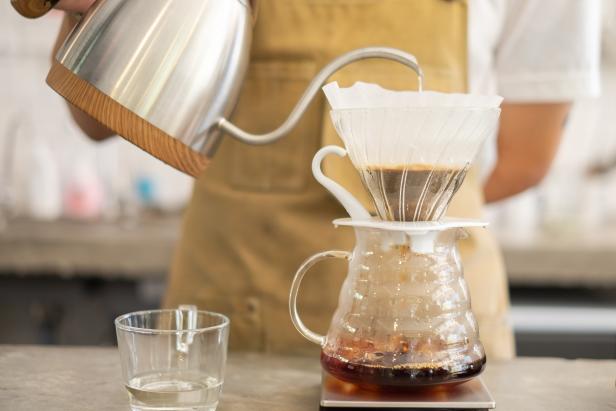
Tichakorn Malihorm/Getty Images
By Alice K. Thompson for Food Network Kitchen
Alice is a contributing writer and editor at Food Network.
Pour over coffee is more flavorful than traditional drip coffee because a controlled stream of water evenly wets the coffee grounds. The process takes just 4 or 5 minutes. And although you can brew a whole carafe, pour-over is efficient and economical for single cups when a whole pot would be a waste. Read on to learn how to make pour over coffee, and if you're curious about other techniques too, check out our guide How to Make the Best Coffee in Every Kind of Coffee Maker.

seksan Mongkhonkhamsao/Getty Images
What Is Pour Over Coffee?
Pour over coffee is an extra robust type of java brewed by hand-pouring hot water over ground coffee in a filter.
Equipment for Pour Over Coffee
- Scale
- Coffee grinder
- Paper filters
- Pour-over brewer
- Kettle
Shop This Look
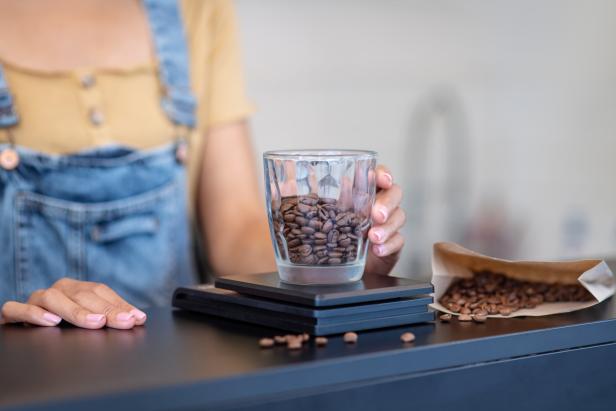
Zinkevych/Getty Images
How to Make Pour Over Coffee
This simple method could easily become your favorite morning ritual, and the aroma can’t be beat.
Step 1: Measure the Coffee
Although a ratio of 1:17 coffee-to-water is the standard for most brewing methods, a slightly higher one of 1:16 or 1:15 is recommended for pour-over. That translates to about 1 ounce of coffee for every 16 ounces (2 cups) of water. If you’re not a fan of weighing things out in the morning a good rule of thumb is 2 to 2 1/2 tablespoons of coffee for every 1 cup of water. The best way to find your ideal brew is to experiment and make a note of what’s too strong, too weak and just right. For more intel, check out our story What's the Ideal Coffee-to-Water Ratio?.
Step 2: Grind the Coffee
Grind the desired amount of beans to a medium grind — the coffee should look like sand.
Step 3: Heat the Water
Heat water to 200 degrees F in the kettle, just below a boil, or bring it to a boil and wait 30 seconds.
Step 4: Set Up the Cone
Pre-soak a paper filter by placing it in your pour-over cone and pouring a bit of water over it; this will remove any paper flavor and also preheat the cone. Discard the water.
Step 5: Bloom the Coffee
Add your coffee to the filter and level it. Working from the outer edge in, drizzle in just enough of the hot water to wet all of the grounds. Let it stand for 30 seconds; known as "blooming," this helps even out the extraction process for better flavor.
Step 6: Finish the Brew
Working in 3 or more batches, continue slowly pouring water in using a pattern that allows you to hit all of the coffee evenly. Spirals are an easy and effective pattern, but anyway you find to soak the coffee all over is fine. Allow the coffee to absorb all the water before adding more.
What Beans are Best for Pour Over Coffee?
Choosing a bean for pour over is largely a matter of preference, but there are a few ground rules. “Any good-quality high-grown Arabica bean will be great for this brewing method,” says coffee trader, importer and consultant Michael Murphy. “The only ones to avoid are Brazilian beans, because they’re not washed during processing, leaving them flat, not lively in flavor.” Murphy also counsels against dark roasts for pour over. “The high heat used in dark roasting destroys much of a bean’s distinctive character. Brewing them this way will give you lackluster coffee.” So save your dark roast for espresso or cold brewing.
8 Best Coffeemakers of 2024, Tested and Reviewed
Whether you prefer hot or cold coffee, drip or espresso, we've tested our fair share of coffeemakers to find the best ones you can buy.
Related Links:
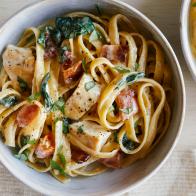


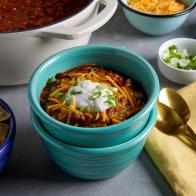
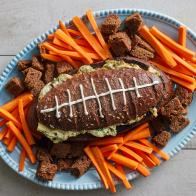







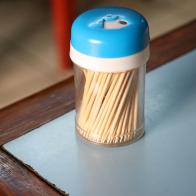
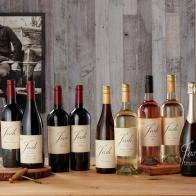
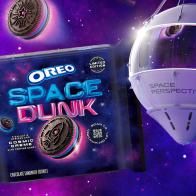
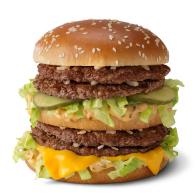
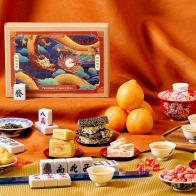





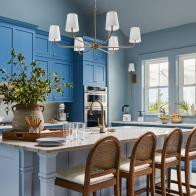
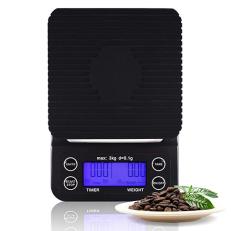
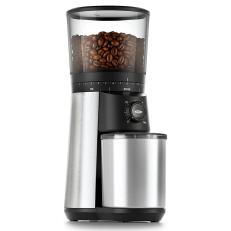
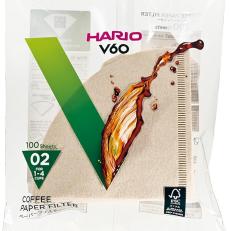
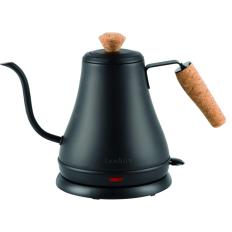
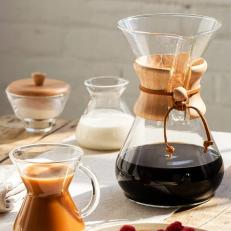
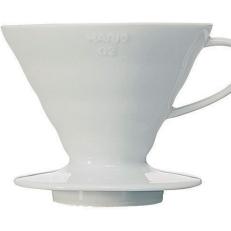
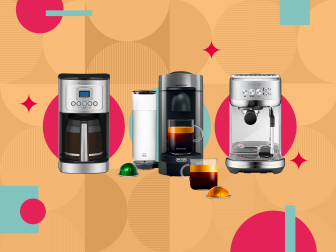

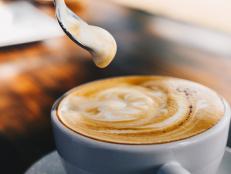
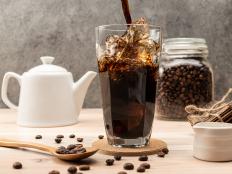
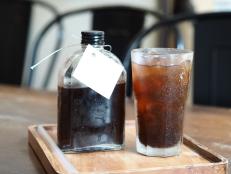
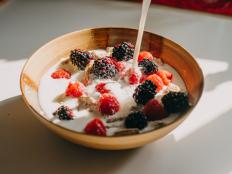
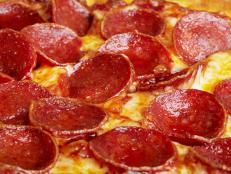
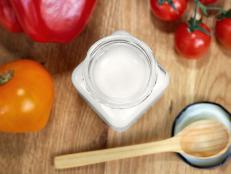
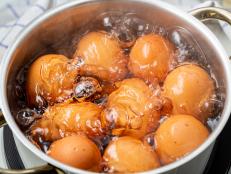
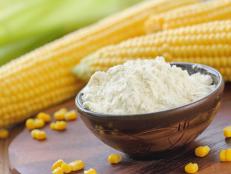
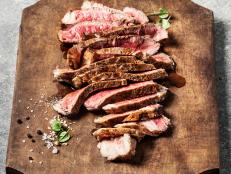

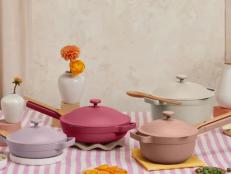
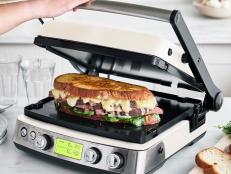








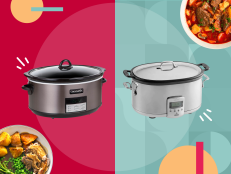






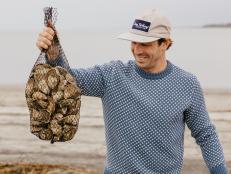

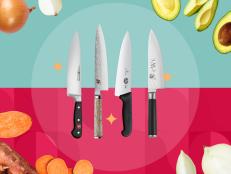

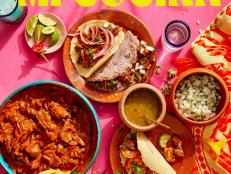
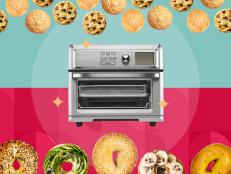
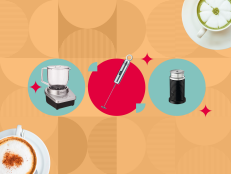
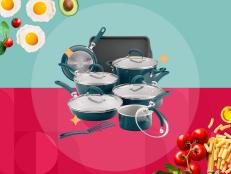

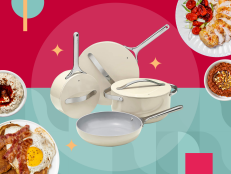

.jpg.rend.hgtvcom.231.174.suffix/1671477370644.jpeg)